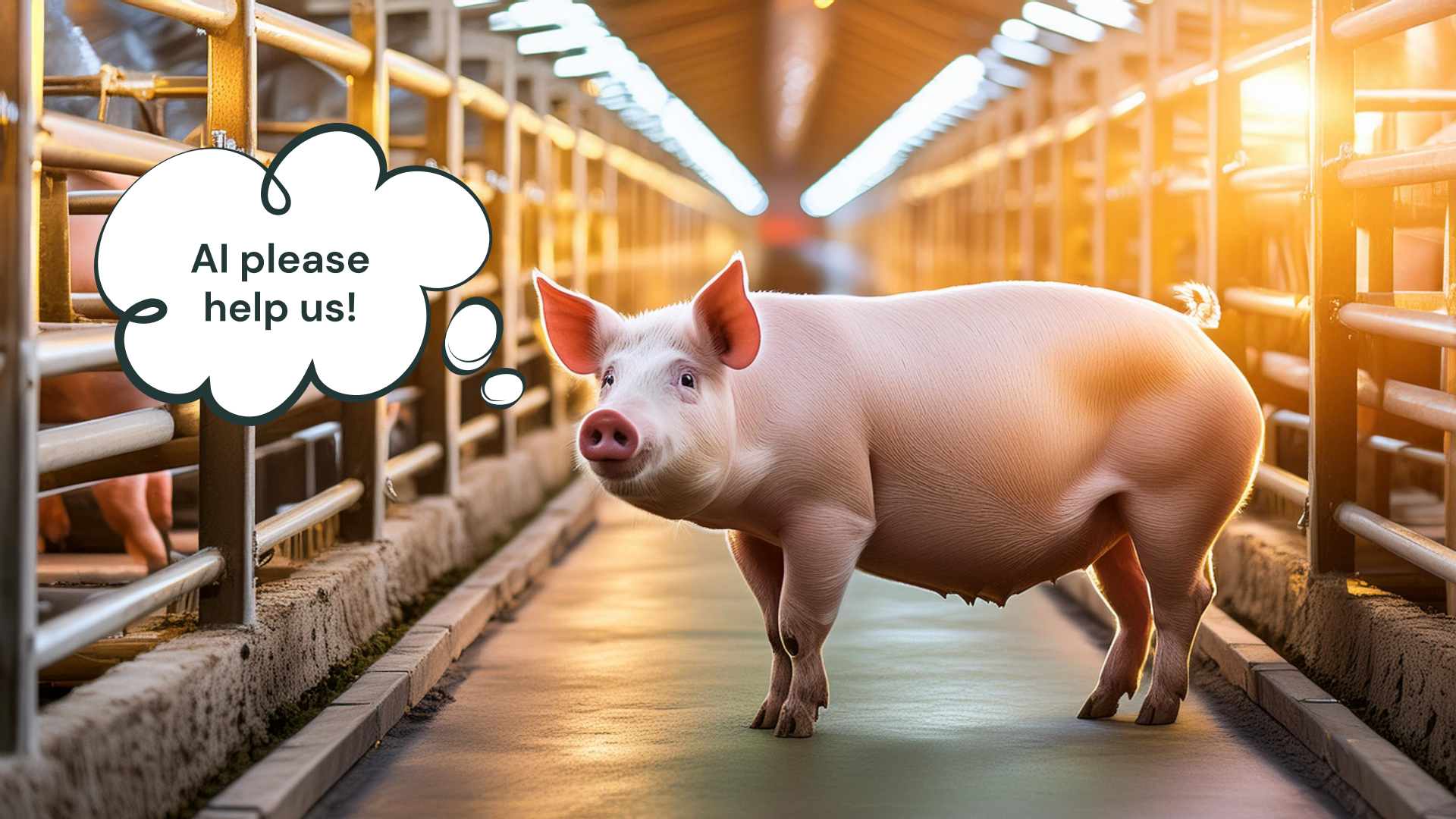The concept of animal welfare has evolved significantly over centuries. In ancient civilizations, animals were often seen primarily as resources, though some cultures revered certain species. In ancient civilizations, animals were largely regarded as valuable resources, although certain cultures held certain species in reverence. However, with a much smaller global population of around 1 million people, the demand for meat was significantly lower compared to today. Livestock were typically raised in free-range settings, and industrial breeding practices were nonexistent. The shift towards industrial breeding of the 3 species (poultry, cattle, and pig) began in the 19. century – and soon the animal protection societies arrived and came the demand for a more ethical treatment of animals. In the middle of the 20th Century, animal welfare became a hot topic of public speech due to organized animal welfare movements.
The Five Freedoms for Livestock
Ruth Harrison’s book “Animal Machines” in 1964 exposed the harsh realities of factory farming. This led to the establishment of the Brambell Committee in the UK, which laid the groundwork for the Five Freedoms—a cornerstone of animal welfare standards globally.
- Freedom from Hunger and Thirst: By providing access to fresh water and a diet that maintains full health and vigor.
- Freedom from Discomfort: By providing an appropriate environment including shelter and a comfortable resting area.
- Freedom from Pain, Injury, and Disease: Through prevention or rapid diagnosis and treatment.
- Freedom to Express Normal Behavior By providing sufficient space, proper facilities, and company of the animal’s own kind.
- Freedom from Fear and Distress: By ensuring conditions and treatment that avoid mental suffering.
Over time, these five freedoms have become fundamental principles of animal welfare worldwide, although each market has developed its own set of regulations. Now, let’s delve into the specific approaches of three leading regions: the US, Australia, and the EU.

Similarities and differences: US, Australia, and the EU
All three regions recognize the importance of animal welfare, but their approaches differ in terms of regulatory strictness and enforcement. The EU’s stringent regulations reflect a strong precautionary principle and public concern for animal welfare, whereas the US focuses more on industry-led standards and voluntary programs. Australia’s system is somewhat intermediate, balancing regulatory oversight with industry input.
The AWA in the US
In the US, animal welfare standards are primarily regulated by the Animal Welfare Act (AWA) and overseen by the United States Department of Agriculture (USDA). The AWA primarily focuses on animals in research and exhibition, with livestock welfare being more influenced by industry guidelines and voluntary certification programs like the Global Animal Partnership (GAP). The US approach tends to emphasize productivity and economic factors, often leading to criticism over the adequacy and enforcement of welfare standards.
The AAWS – Australia
Australia’s animal welfare regulations are governed at both federal and state levels, with the Australian Animal Welfare Strategy (AAWS) providing a national framework. The Model Codes of Practice for the Welfare of Animals set specific guidelines for various livestock species, which are being replaced by the more comprehensive Australian Animal Welfare Standards and Guidelines. Australia’s approach balances welfare concerns with agricultural productivity, often incorporating feedback from both industry stakeholders and animal welfare advocates.
The European Convention for the Protection of Animals Kept for Farming Purposes – EU
The EU is renowned for its stringent animal welfare laws, which are among the most comprehensive globally. The European Convention for the Protection of Animals Kept for Farming Purposes and various EU directives establish detailed requirements for animal housing, transport, and slaughter. The EU’s approach is highly precautionary, emphasizing scientific research and public concern, which often results in stricter regulations compared to the US and Australia.
Despite these differences, the overarching goal across all regions is to ensure humane treatment of animals, reflecting a growing global consensus on the importance of animal welfare. The Five Freedoms serve as a universal guideline, underscoring the need for ethical treatment of livestock, regardless of geographical boundaries.

How AI helps?
Today, AI holds tremendous potential for improving animal welfare through innovative solutions in monitoring, management, and optimization within livestock farming practices. The AI-powered systems analyze data from various sensors (cameras, microphones, and environmental monitors), to detect signs of distress, illness, or unusual behavior. Machine learning algorithms can identify subtle changes in an animal’s gait, eating habits, or vocalizations that might indicate health issues, allowing for early intervention and treatment. Additionally, AI can optimize feeding regimes by analyzing data on animal growth, health, and feed consumption, ensuring that each animal receives the appropriate nutrition while minimizing waste. Predictive analytics can also forecast disease outbreaks by analyzing environmental and health data, enabling preventative measures to be implemented swiftly. By automating these monitoring and management tasks, AI not only enhances animal welfare but also improves farm efficiency and productivity, benefiting both animals and farmers.
Do you want to know more? Check the AGRI-FOOD.AI podcast! Prof. Dr. Marta Alexy helps to see more clearly!
 2024-06-20
2024-06-20  PODCAST
PODCAST
 share
share


 Our website uses cookies
Our website uses cookies